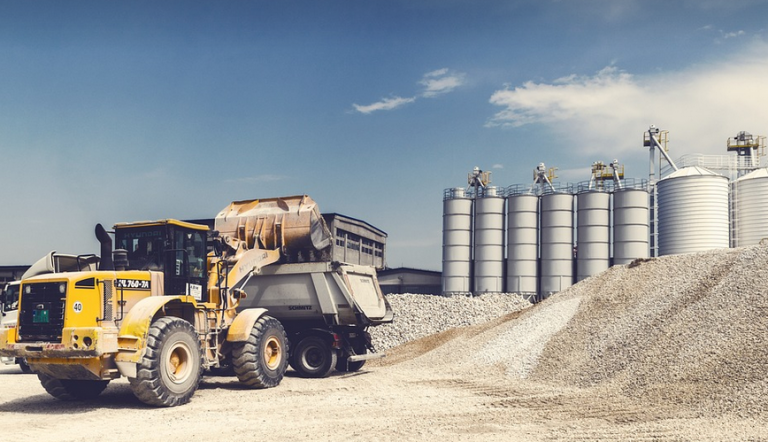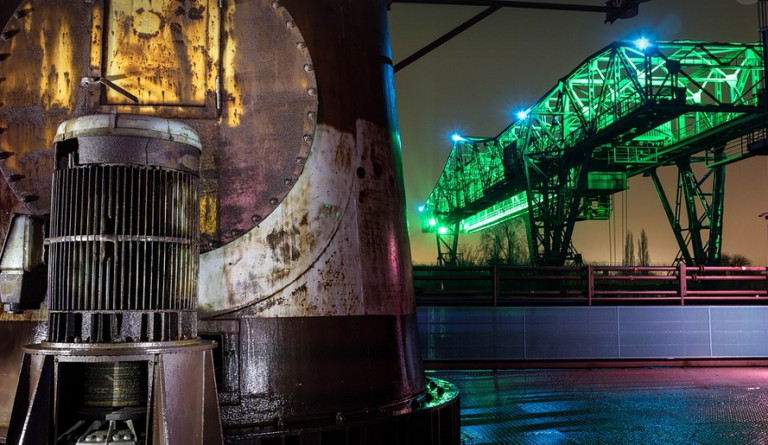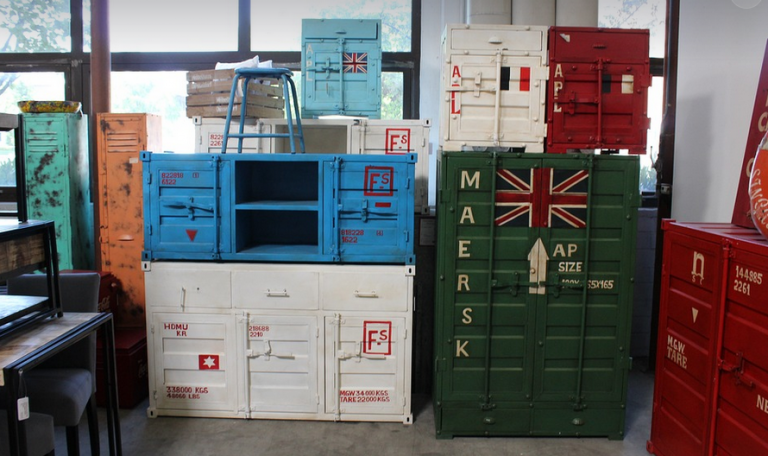
Understanding the Importance of Animal Feed Milling Machines
Animal feed milling machines are essential components in modern agriculture, playing a critical role in providing animals with the nutritional balance they need to thrive. From farm flocks and herds to aquaculture operations, these machines ensure the efficient production of high-quality animal feed, impacting food security and raising productivity globally. Let’s delve into the world of animal feed milling machines and learn how they contribute to agricultural progress and animal well-being.
The Anatomy of an Animal Feed Milling Machine
Animal feed milling machines are marvels of engineering, combining precision, efficiency, and adaptability to create a variety of animal feeds. These machines typically operate in stages, each designed for specific aspects of the production process:
1. **Cleaning & Prep:** Before even thinking about grinding, the raw materials undergo pre-processing. This stage involves removing dirt, debris, stones, and other large particles from the feed ingredients. Specialized cleaning systems like sieves, screens, and magnets ensure only pure material enters the milling process.
2. **Grinding & Mixing:** The heart of the operation lies in grinding. These machines use high-powered motors and specialized blades to reduce raw materials into fine particles. The size of these particles are controlled through various settings on the machine, allowing for customized feed formulation according to animal needs.
3. **Blending & Conditioning:** Once ground, ingredients are blended to create a uniform mixture with appropriate proportions. Many machines come equipped with advanced mixing systems like screw conveyors or paddle mixers for optimal blending and conditioning of the feed mix. This stage helps ensure consistent nutritional value throughout the feed.
4. **Enrichment & Conditioning:** Some animal feeds might need specific textures or physical properties before distribution, especially those requiring greater stability during transport or storage. Enriching techniques like pelletizing or extrusion use specialized tools to convert the feed into pellets or other forms for improved handling and palatability.
5. **Packaging & Preparation:** Finally, the finished animal feed is packaged and prepared for distribution. This often involves loading onto trucks or containers and proper labeling according to regulations and safety standards.
Factors Influencing Feed Milling Machine Selection
Selecting the perfect animal feed milling machine requires careful consideration of several factors. It’s crucial to choose a machine that aligns with your specific needs and production scale:
1. **Feed Type:** Different types of animals have different nutritional requirements. This impacts the type of ingredients used in the feed, which directly influences the optimal configuration and functionality of the feed milling machine.
2. **Production Volume:** The scale of your operation plays a major role in selecting the right machine. If you produce large batches regularly, larger machines might be necessary to meet the demand, while smaller-scale operations might require compact, more efficient models.
3. **Budget:** Machine prices vary significantly, with advanced features influencing cost. It’s crucial to weigh your budget constraints against the features and functionalities of a machine, making sure you select an option that offers optimal value for money.
Benefits of Using Animal Feed Milling Machines
Animal feed milling machines offer numerous advantages over traditional methods:
1. **Improved Efficiency:** Machines significantly boost production efficiency compared to manual grinding or processing techniques. They minimize labor and time required, resulting in faster feed production cycles.
2. **Consistency & Accuracy:** These machines provide consistent particle size distribution, ensuring accurate nutritional content within the feed. This consistency leads to healthier animals with improved productivity.
3. **Cost-Effectiveness:** Machines ultimately reduce costs by minimizing labor, reducing waste in raw materials and energy consumption, and increasing overall yield.
4. **Quality Control:** Advanced features like automated monitoring and quality control systems provide real-time data on the milling process, allowing for early identification of potential issues and adjustments to ensure optimal feed production.
The Future of Animal Feed Milling Machines
Animal feed milling machines are constantly evolving, becoming smarter and more efficient. New technologies like automation, AI, and precision control promise even greater accuracy, quality control, and efficiency in the future.
1. **Automated Systems:** Increased automation within animal feed milling machines is on the rise. This means less manual intervention, leading to increased productivity, reduced human error, and potentially lower costs.
2. **AI & Machine Learning:** Artificial intelligence and machine learning are being implemented within these machines. They can analyze data from various sources like sensor readings or historical production records to predict potential issues, offer suggestions for process improvement, and optimize feed formulation.
3. **Sustainable Technologies:** The future of animal feed milling is pushing towards more sustainable options. This includes incorporating energy-efficient technologies, reducing waste generation, and exploring bio-based ingredients for feed formulations.
Conclusion: Empowering Animal Welfare Through Innovation
Animal feed milling machines are instrumental in feeding the world’s growing population of livestock. These machines optimize animal nutrition by ensuring precise ingredient processing, consistent product quality, and efficient production, ultimately contributing to both food security and animal welfare. As technology advances, we can expect even more innovative solutions that further improve feed milling processes and empower a sustainable future for agriculture.



